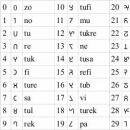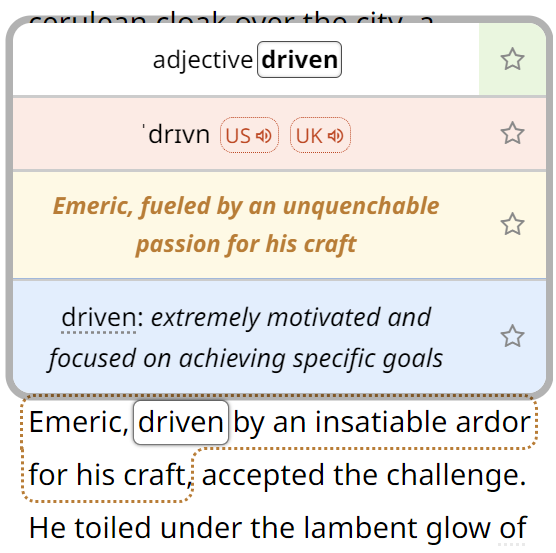 |
Harmony analysis using numbers (the numeral notation)
In the previous article, we described a way to think about the notes in the western tonal system as about a line of fifth. This line also provides another natural approach to note naming; we can simply call one of the notes 0 and refer to all other notes by their tonal distance (the distance on the line of fifths) (...)
March 10, 2014 – Jakub Marian – Music
|
 |
Functional (unified) notation for chord progressions
The functional notation for chord progressions is an extension of the traditional notation which is fully compatible with it (you won’t have to learn any new symbols if all you want to do is to play a given chord progression on an instrument). It is a notation I have developed in order to speed up the process of learning to understand music and to improvise. (...)
March 2, 2014 – Jakub Marian – Music
|
 |
Pythagorean tuning
Pythagoras devised a tuning system based solely on perfect fifths, constructed from a reference tone by successively stacking perfect (...)
February 27, 2014 – Jakub Marian – Music
|
 |
The name of the dot above “i” and “j”
This article could have contained just one word: tittle. Tittle, unsurprisingly pronounced /ˈtɪtl/, is the name used in typography for (...)
|
 |
‘Wptexturize’ (smart quotes) not working in WordPress
I have recently noticed that smart quotes (aka “curly quotes”) stopped working on my blog (they were replaced by the ordinary (...)
|
By the way, have you already seen my brand new web app for non-native speakers of English? It's based on reading texts and learning by having all meanings, pronunciations, grammar forms etc. easily accessible. It looks like this:
 |
Hyphen, minus, en-dash, and em-dash: difference and usage in English
These four little characters: “‐”, “−”, “–”, and “—”, often get confused. Most computer users use just a single character, “-”, the so-called hyphen-minus (the usual minus character you have on your keyboard), which is, technically, different from all four. (...)
|
 |
Translating harmonic progressions into chord names easily
Since I have written a post on quick interval naming, the name of this post may suggest some redundancy. However, in this post, we shall (...)
January 24, 2013 – Jakub Marian – Music
|
 |
How to quickly form any interval from any note
Using the traditional approach, if you want to be able to quickly name any interval from any note, you basically have to memorize them (...)
November 19, 2012 – Jakub Marian – Music
|
 |
Base 60: Digits and terminology
Ideally, every number (in its abstractness) should have its own symbol. However, since there are infinitely many natural numbers and our (...)
|
 |
Xor 3D: Generating random pseudo-3D images using Xor
When I was around thirteen, I created a program called Random Image that could be used to create pictures partly generated by random (...)
July 17, 2012 – Jakub Marian – Visual arts
|

